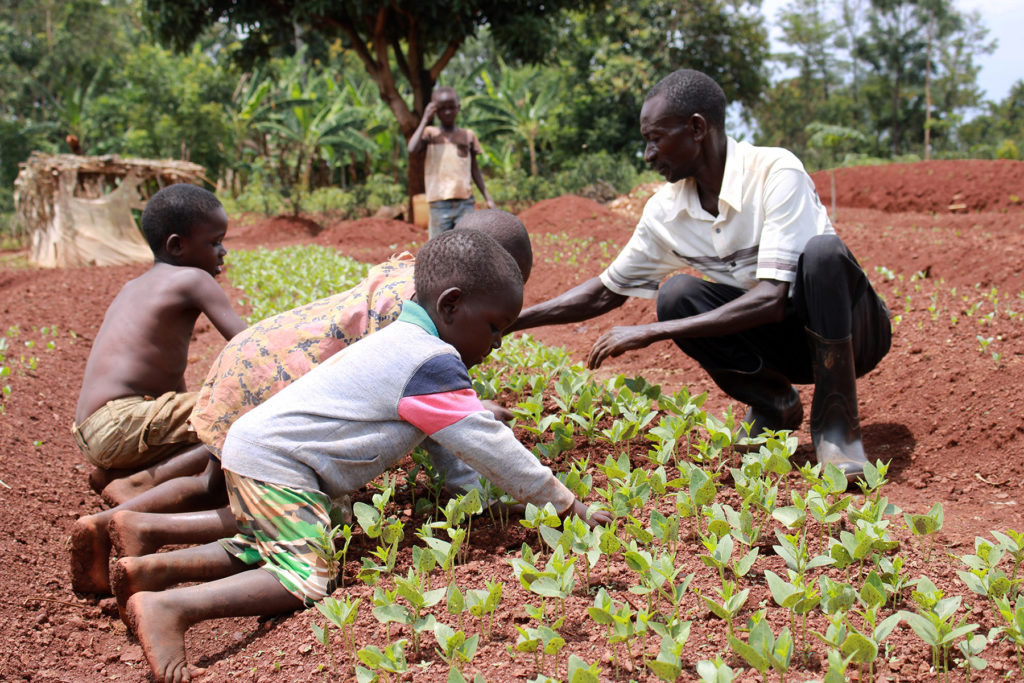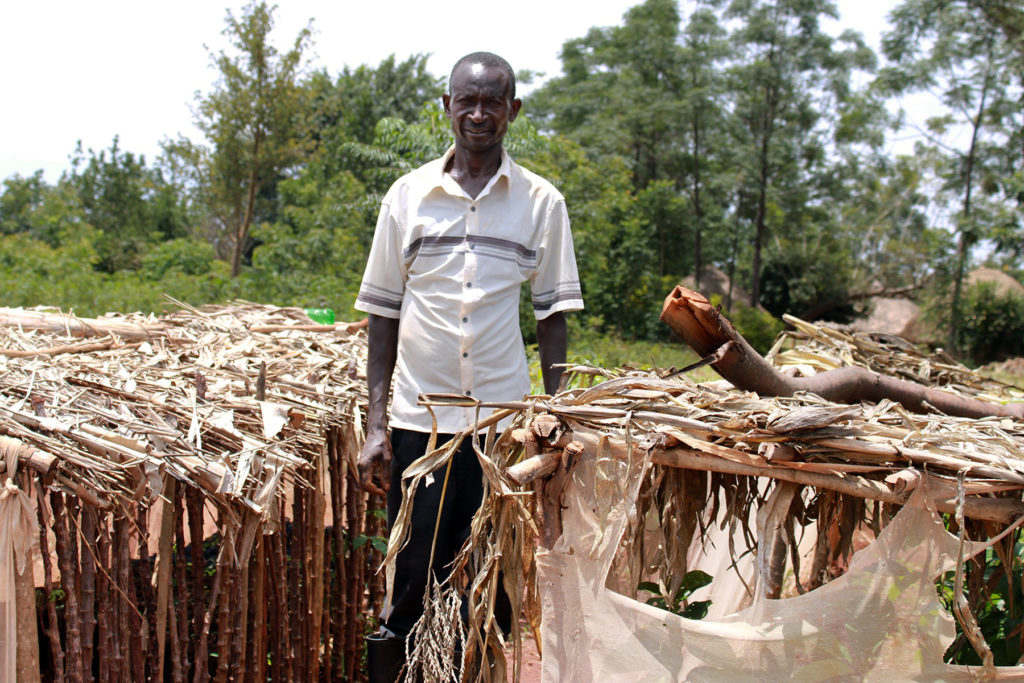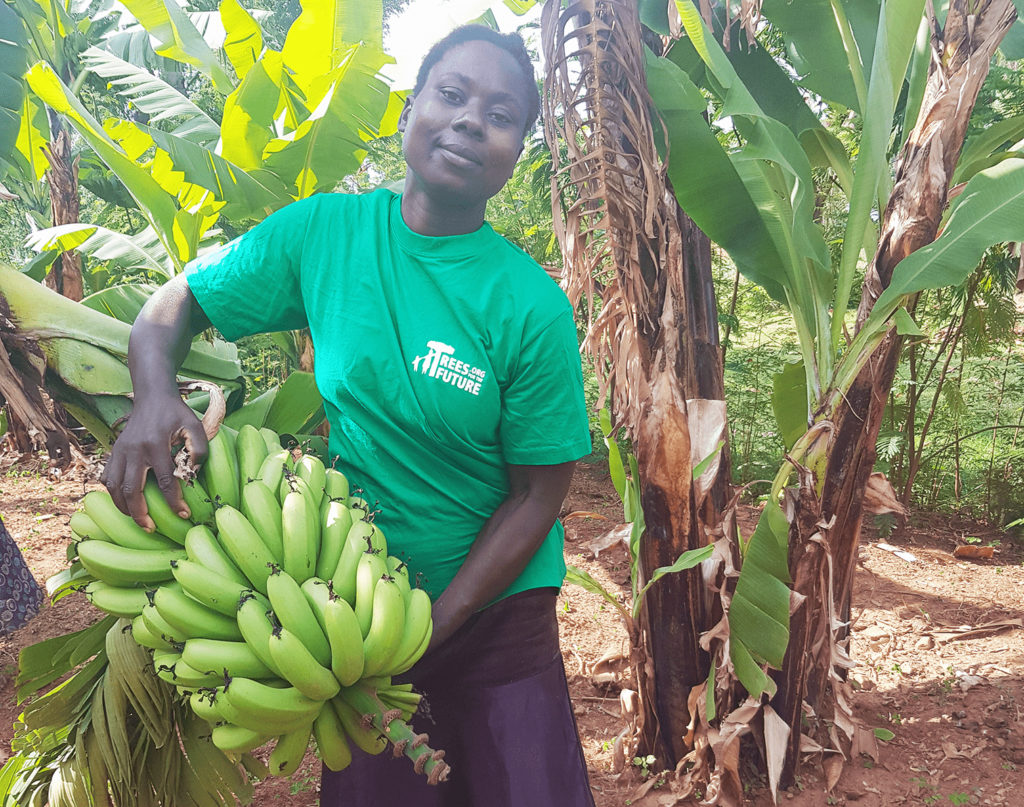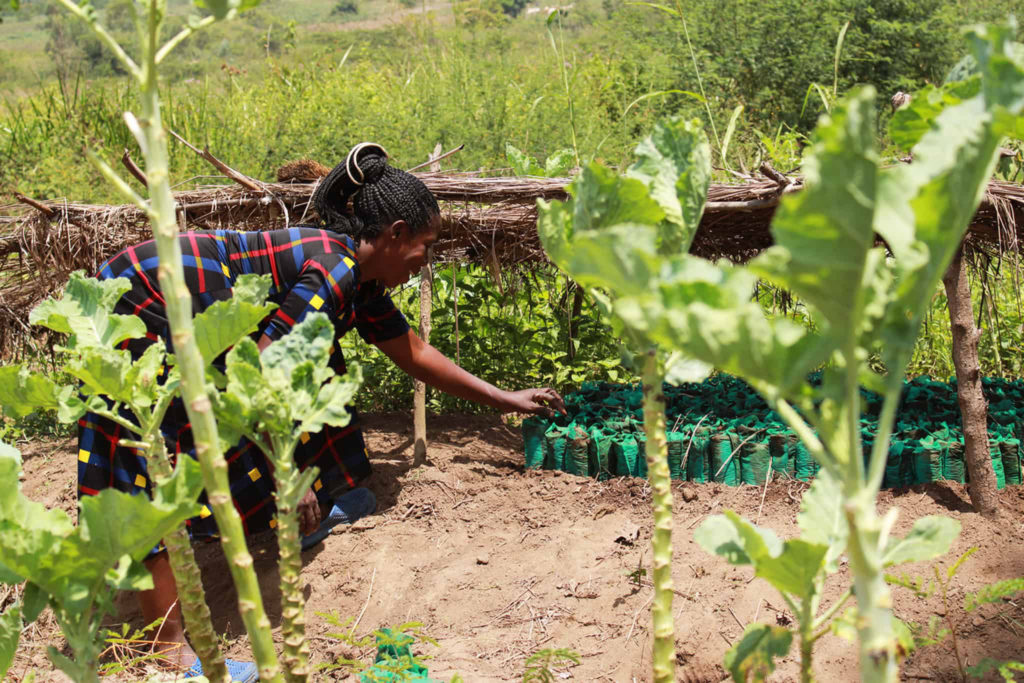Your cart is currently empty!
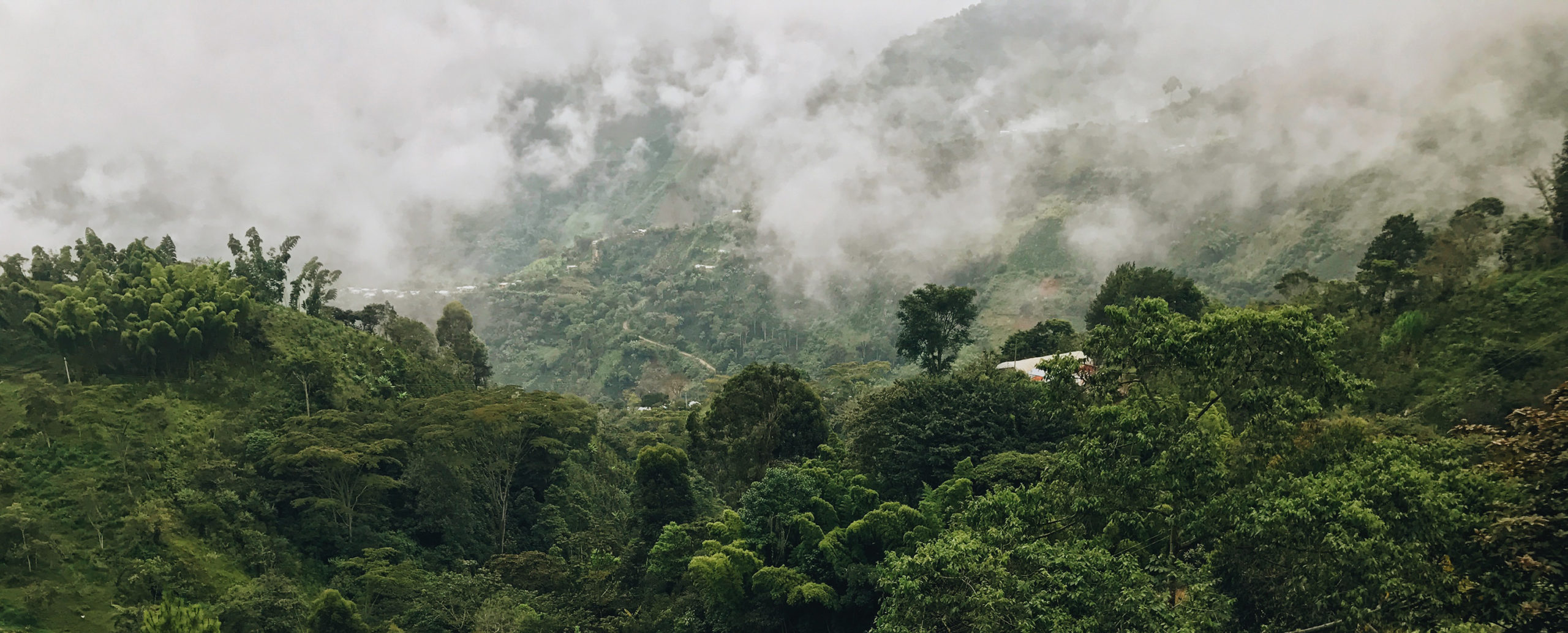
5% FOR FORESTS
FIND OUT HOW WE’RE GIVING BACK
We believe in the power of trees to help fight climate change. That’s why we’re donating 5% of profits to planting more trees and growing agroforestry in Africa.
Our partner, Trees for the Future educates and empowers families in Sub-Saharan Africa, restoring degraded farmland into a healthy, thriving Forest Garden. The average Forest Garden is home to thousands of fast-growing trees, including dozens of food crops. It provides families and communities fruits and vegetables, plus income generating opportunities like selling seeds, honey, soap, and timber. The forest gardening approach uses many of the same techniques that our coffee farming partners practice, like composting and crop diversification.
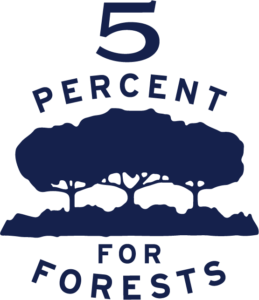
WE HAVE HELPED PLANT
TREES AND WE ARE JUST GETTING STARTED.
MEET THE FARMERS
GUSINO IN UGANDA
Gusino Hamphrecy and 18 neighboring farms joined the training program in 2020. He lives with a disability, but he was impressed by the inclusivity of the TREES training program.
Where he once grew maize and cassava, Gusino now tends to more than a dozen species. “Before TREES, I would only plant maize in the whole garden, and I wouldn’t get even one sack. After joining TREES, I established 14 permagardens and they have given me more yields in a month than what I would get from maize and cassava in a year,” he happily remarks.
TERESA IN KENYA
Teresa in Homa Bay, Kenya is already securing additional income thanks to her training with TREES. She’s selling fodder tree seeds to livestock farmers in the regions. And she’s able to pass on her agroforestry knowledge to others.
“Other farmers have seen the multiple benefits of the Calliandra and Leucaena trees,” she says. “They are nitrogen fixers, yielding fodder for livestock. It grows well in dry environments and can be dried and stored to [endure] the ravages of drought.”
CHRISTINE in UGANDA
When The Forest Garden Approach was first introduced to Ugandan farmer Christine Akello she wasn’t too sure about it. She remembers thinking the various techniques and variety of species would make farming her land more difficult.
“The project started off hard for me, I thought it had a lot of work and so much to implement but it is so different for me now. I can already see the change and my perspective has changed,” she says. “I do not buy vegetables anymore from the market, I am now the one selling them to people.”

UNLOCK 15% OFFER
Email subscribers get 15% off their first order, special offers, and early access.

